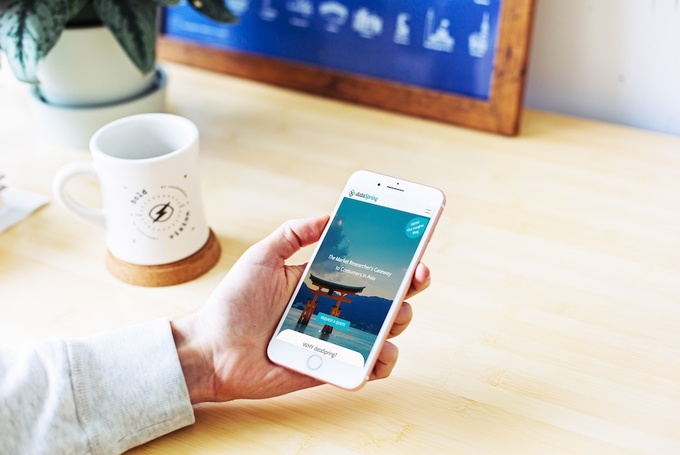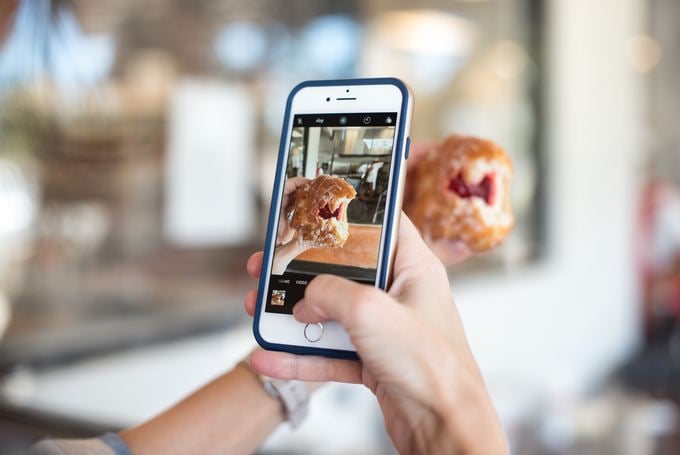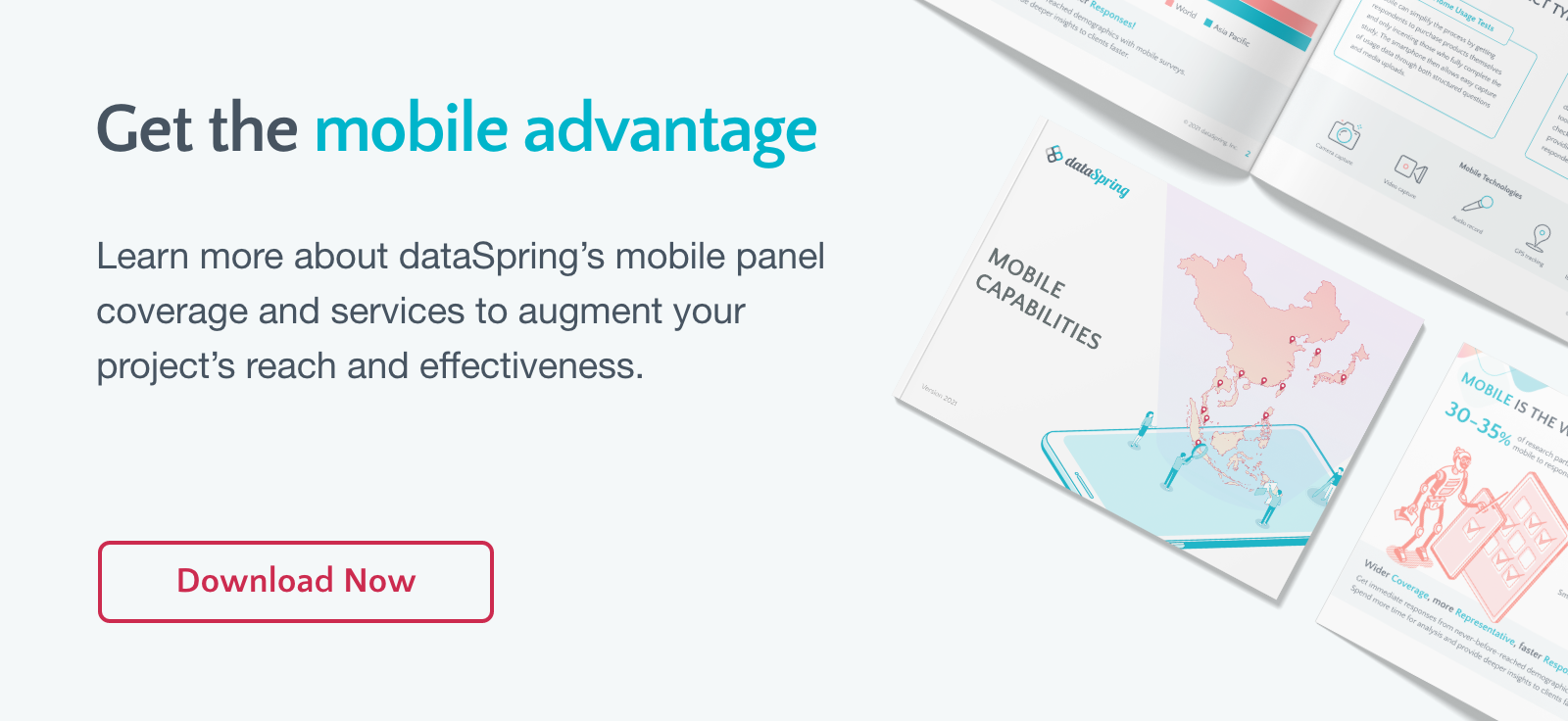
To yield truly valuable market research insights, a mobile ethnography must go beyond simply asking a respondent to upload a photo, take a video, or answer a survey question from a specific location.
Ethnographies are highly useful market research tools, designed to explore a topic from the subject’s point-of-view. Traditional ethnographies require the researcher to observe the subject directly in the setting in which the behavior or activity is taking place.
For instance, shopper marketing ethnographies take place in stores and shops; in-home product use ethnographies take place in the home, and so on.
While ethnography can yield extremely valuable insights, the time and expense to field these studies often put them off-limits for corporate researchers and consultants. The advent of mobile panels combined with the recording and technology capabilities of the smartphone, however, has made ethnographies much easier to field and far more cost-effective.
But a mobile ethnography is more than just asking a respondent to upload a photo, take a video, or answer a survey question from a specific location. To provide real insights on the level of a traditional study means combining many data capture elements to richly describe the subject’s behavior and understand their motivation.
7 Tips for Effective Mobile Ethnography:
1. Set expectations with panelists
Participation in a mobile ethnography often requires a different level of commitment than other types of studies a panelist may be used to. Make sure instructions, assignments, deadlines, and the like are clear and well stated.
2. Reassure panelists of the security and privacy of their information

Semee Park, Product Manager at dataSpring (pictured) notes, “because of the potential personal nature of the data we collect during a mobile ethnography, we have built a highly secure platform and take special care with any personally identifiable information.” This reassurance will allow respondents to post their information with confidence.
3. Extend the study beyond the “moment of truth” to add context
Often the best insights into a subject’s mindset and motivation come before or after a purchase or activity. Be sure to structure questions and assignments that allow you to understand pre- and post-purchase activities.

4. Think beyond the mobile platform
A follow-up online survey, online community, or face-to-face discussion (online or in-person) can add tremendous depth to the subject. An information debrief allows you to process the data collected via the smartphone and ask more specific questions that can better illuminate or explain a particular activity or process.
5. Incorporate location-based services
Location information can add texture and context to the data by showing the environment in which information is shared. If possible, use geo-fencing to provoke feedback at a specific location like a retail store, event, or other areas relevant to the study. This feedback can be highly revealing as it catches the respondent at a spontaneous moment and can garner a more unscripted response.
6. Layer in passively collected data
Social media use, browsing history, and ad exposure from a respondent’s smartphone can reveal hidden influences that the subject may not be able to articulate. Capturing passive data requires explicit permission from panelists.
7. Stay active during points of collection
It is important to monitor the information being collected and have the option to alter instructions and assignments. This is where it is critical to work with a quality research provider like dataSpring with the flexibility and responsiveness to make changes quickly.

In summary
A mobile ethnography goes well beyond simply adding videos and pictures to a study. The power of a strong mobile panel and smartphone technology can provide a highly revealing look at a topic or behavior from the subject’s eye. This provides researchers and consultants with deep and valuable insights that can truly impact marketing and business decisions.
Due to advances in mobile device technology and widespread adaption of mobile phones for online access, especially in Asia, mobile research has become a powerful tool for market researchers to harness. If you want to know more about mobile research, how to enhance your methodology toolbox, and Asia mobile panels, check out our Mobile Research Essentials page.


 Download Panel Book
Download Panel Book


